-
Posts
219 -
Joined
-
Last visited
Content Type
Profiles
Forums
Articles
Gallery
Downloads
Events
Posts posted by Jspool
-
-
That’s one of the best tutorial videos I have seen. The dual screen perspective and your camera angles show the hammer use very clearly. And, its all done without excessive chatter and raucous music! Thanks for taking the time to do this.
-
All this posting and discussion has got me fired up to finall do something with my 18" swage block.
Its just too heavy for me to man handle around. Frosty's and Tonys's posts about tilting the block and a trunnion block morphed in my brain, and I came up with this:
A hinged strap (not drawn) will retain the block in the tray when its rotated to vertical.
To rotate the block for choosing the top edge you want to be exposed when in vertical, I will place a bottle jack on the lower shelf, jack the block up, rotate, and lower back down. The strap will need to be released to do this.
.75" holes on the sides are for a .75" retention rod to hold the block in the chosen position.
Shelf off of the back is for a low post vise. Shelf is 22.5" high.
Constructed from .5" mild steel.
Going together tomorrow!
-
I’m thoroughly impressed. Great chair!
-
Thanks Thomas. I'll look for that
-
I found that the problem I had with grinding grooves in the billet and hammering them out was avoiding cold shuts. Theres not much worse than making a final grind pass on a blade just to find out you’ve exposed an inclusion. I then used dies as Thomas entioned with using rods. It works well. This machined die set is the first step toward other more elaborate ladder dies which could only be milled.
-
Based upon the chamfered corners and rams horn mount type, I’m guessing English made early to mid 19th century?
-
Yep. The Shelton Swap meet. Too bad it was raining. I would have liked to talk to more of the engine guys more.
Interesting that your mousehole has that stamp. I’ll have to check mine.
-
-
-
I have been offered a 14" x 16" x 1.25" chunk of A572 steel. It was originally purchased as a winch foundation.
Although I was told that it was a hard alloy, I can't really see where the properties are much different than A36 mild steel.
Can someone tell me whether this material will be better to use for power hammer and hydraulic press dies than mild steel?
Thanks
-
Michael,
It appears to me that the controlling factor in you choosing a press is the cost. Initially, most would probably think that a ceiling of $600 would put you out of the running altogether.
However, I was able to find my H frame press including 5hp power pack up in BC for $550 5 years ago. I have since changed out the cylinder for longer throw, and gear pump, as well as made some modifications to it, but it got me going, and the costs of any repairs and improvements were incremental and spread out.
So spread out your search to include Canada in Craigslist. Sometimes there are better opportunities up there and your dollar will go further.
Good luck
-
I saw a youtube video where a fellow was talking about the length of tubing utilized for coils based upon the output if the machine, or something like that.
Now that I have one, I wish I remember how to find it. Can anyone talk to the significance of amount of tubing?
I bring this to this thread as I too was thinking of making a multi sized coil but was concerned about length.
-
Magnificent work. Truly capturing the essence of an eagle. Well done!
-
Yeah is was simple with the DRO but if I was smarter I could of set the machine loose while I did something else for 3 hrs!
As always I tried to push the edge and lost a couple new 1/4” end mills.
-
Clever setup. Mine looks like Godzilla compared to this!
-
That sounds like a good system you have figured out there Frosty. Just the process of utilizing the right hole and the block will spin around by itself is gold. I'll play around with how to construct a steel version that allows drifting through the block.
Thanks for sharing this.
-
I can see that in order to choose the side edge you want to work, you would spinn the block in place and tip it onto the ledge below. Not sure how you do that in a controled manner without it falling off.
On 3/24/2018 at 6:38 AM, Zachary said:I would constantly be dropping punches and drifts into that! I like the concept except I’m no longer strong enough to lift my block.
-
Nice work. I love the way the blue resin on the oner handle looks like a fish. Not so much the other side. Too bad. I would love to see some WIP picks of your damascus and feather patterns.
-
My old ladder dies made from pieces of 1/4” roundstock wasn’t up to snuff anymore so I decided to mill a set out.
These two sections are offset by one rib and got welded onto die plates that fit my mill. I kick myself for not being up to snuff
on G-code and cut these manually. Next plan is to cut some curved, angled, and S ladders.
-
On 3/24/2018 at 11:12 AM, Frosty said:
I cut guardrail posts for my swage block stand. Two long enough the block is the right working height laying flat and two the right length it's the right height on edge. The posts are screwed and glued together looking like an uncomfortable chair. I move my block with my pinch bar, slip it into a through hole on the block and tip it onto edge on the step or slip the bar through and catch the end on the top shelf and pry the block up. I turn it on the edge step with the bar by slipping the bar through a hole to the side I want to use pry it up and the block rotates. I can move the block a LOT faster than it takes to read this let alone write it. I can change orientation of my block in seconds, it takes longer to get the pinch bar from it's rack.
Frosty,
Any chance you would post a few pictures of your setup? You write in perfect english but my brain can’t configure it! I’ve been trying to figure out how to manipulate my block in a stand with leverage but the solution (which uou seem to have figured out) has eluded me! My block is 18x18 x 4.25”. Not sure of the weight.
-
-
Thats ok. Ideas and suggestions are a good thing. I’m trying to utilize the space I currently have without taking up more floor space.
I don’t really “need” another hardie hole, but the I really didn’t need to put a 4x4 bench in my shop either but it followed me home and my anvil (on wheels) fits under it. I’m also struggling with how to handle my 18x18x4” swage block without eating up too much space.
-
A little background.
Its a great table (4x4) that use to be a layout table sometime in its past. Its still pretty true.
I have an anvil (naturally) with a hardie and a pritchel hole. Both very well used.
With a bad back sometimes I find the table height a welcome change for light work.
So I thought the ability to utilize any of my fullers, guillotine etc on the bench would be handy at times.
For example, a drilled pritchel hole would allow me to utilize a hold down on drawn out billets for grinding etc.
I prefer holes over anything protruding as I still utilize the table for layout.
I never beat on it and wouldn’t want to do anything that would cause it to crack.
To big to bring anywhere without alot of effort.
jlpservices, can you please explain a little to me what you meant by using shims with the broach?
Thanks
-
All great ideas. I like the idea of a broach but not sure it works on cast iron.


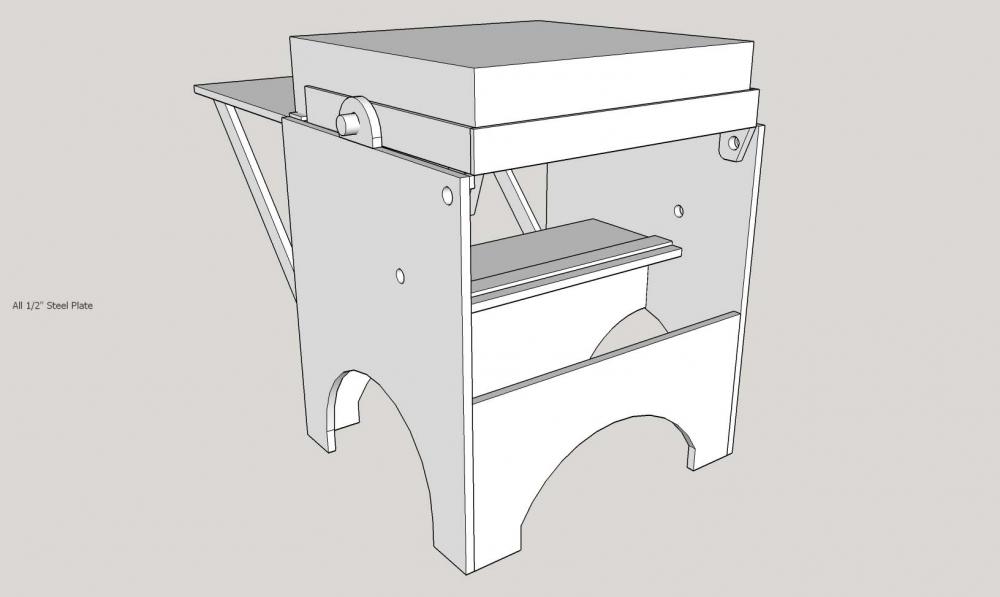
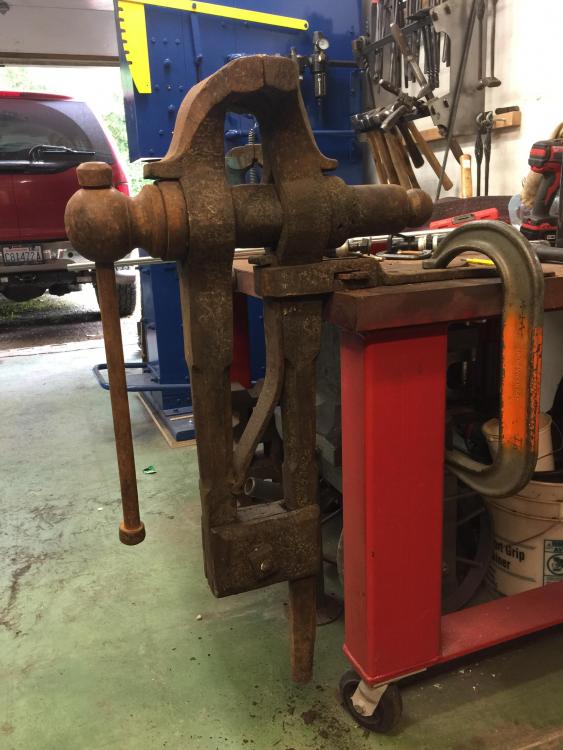
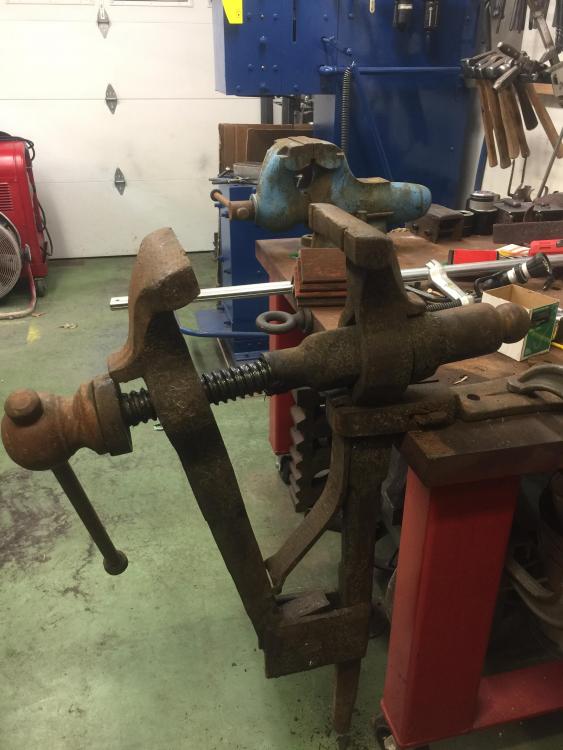
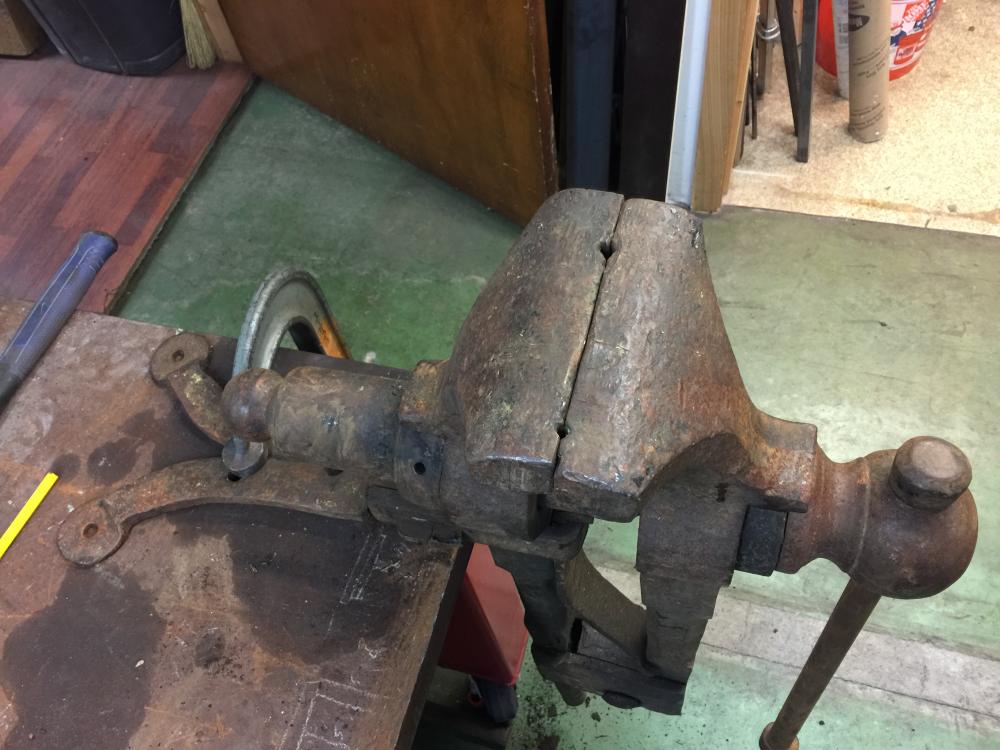
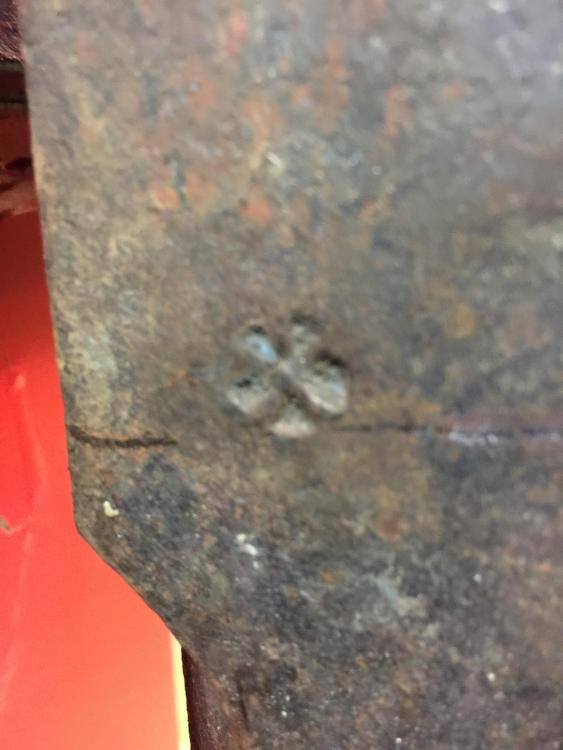
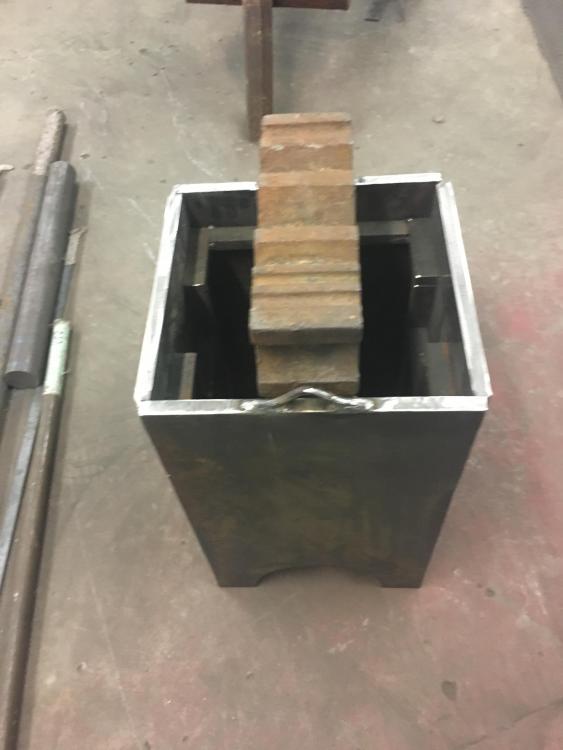
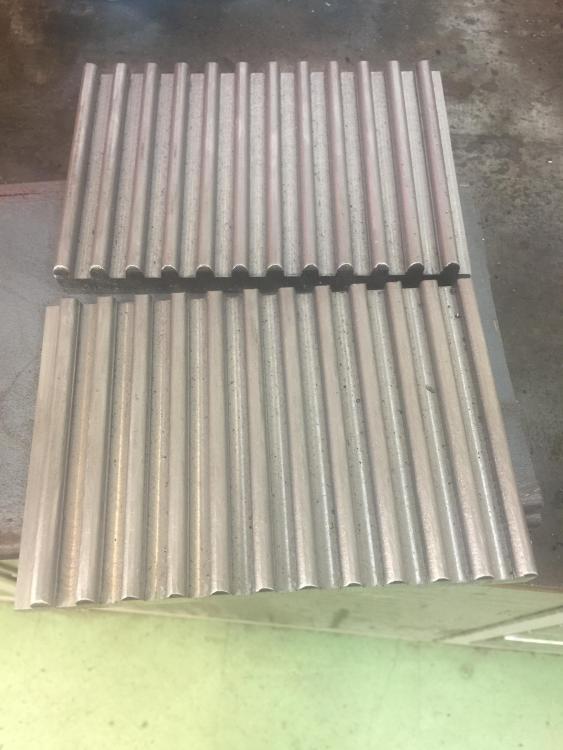
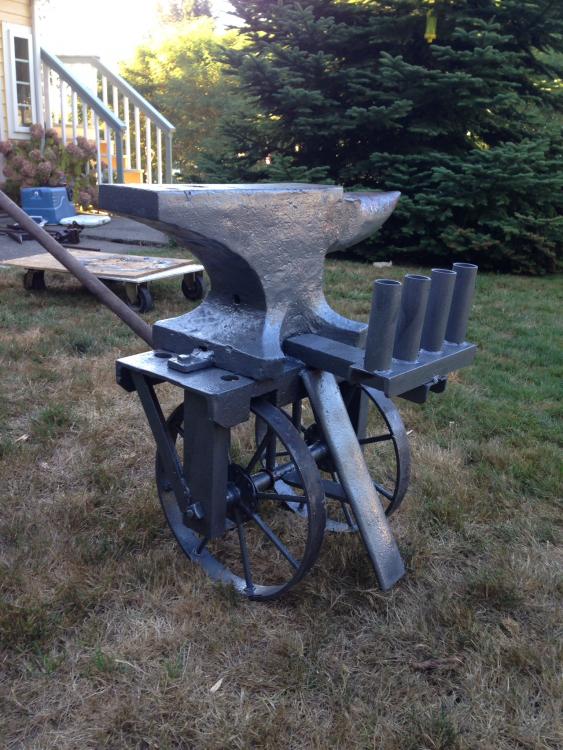
Show me your shop!
in Building, Designing a Shop
Posted
Thats a fantastic story Frosty. Especially the ingenuity of getting the ants to carry the powder into the nest for you!
Now my gasoline blasting of mole tunnels doesn’t sound so cool anymore.